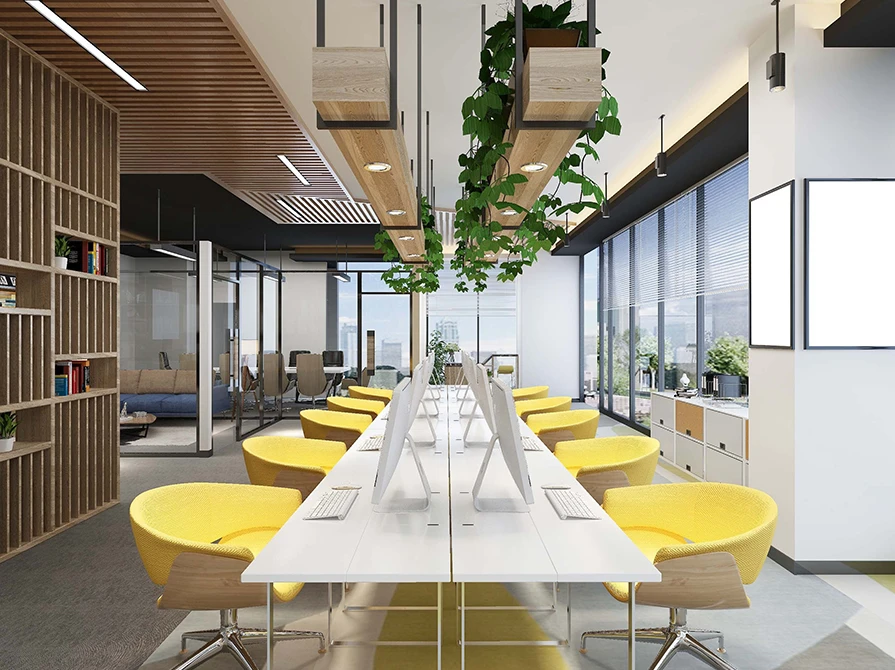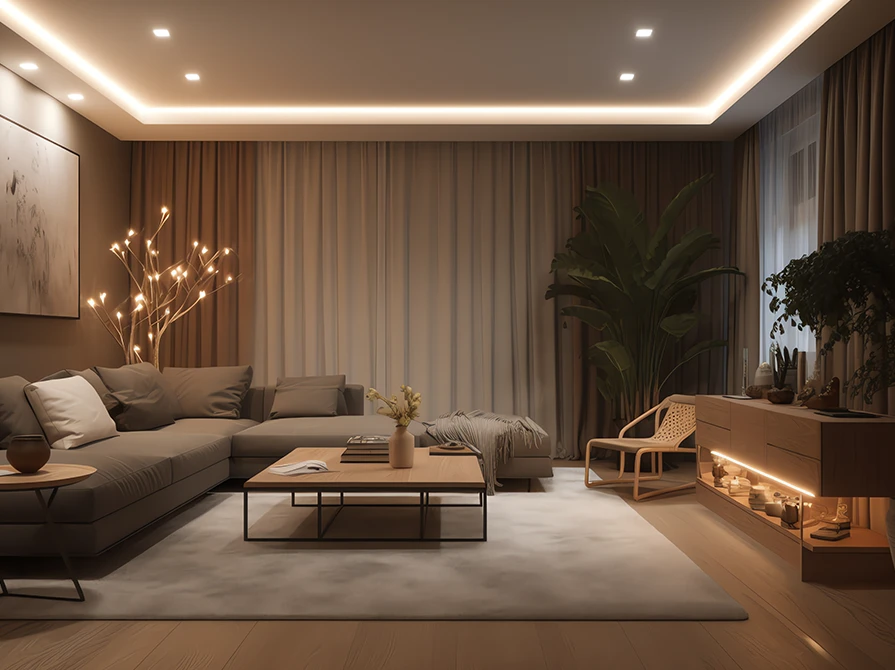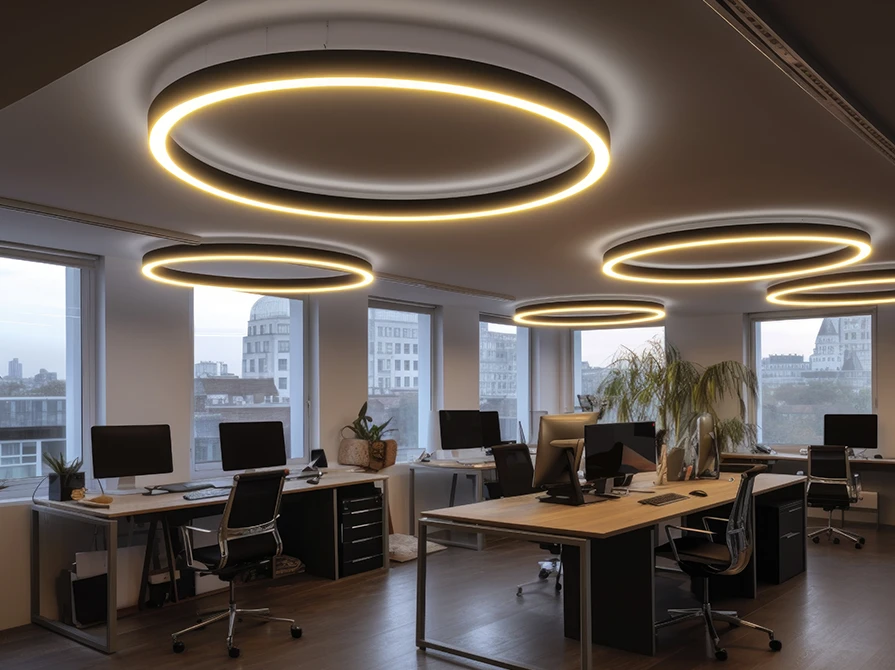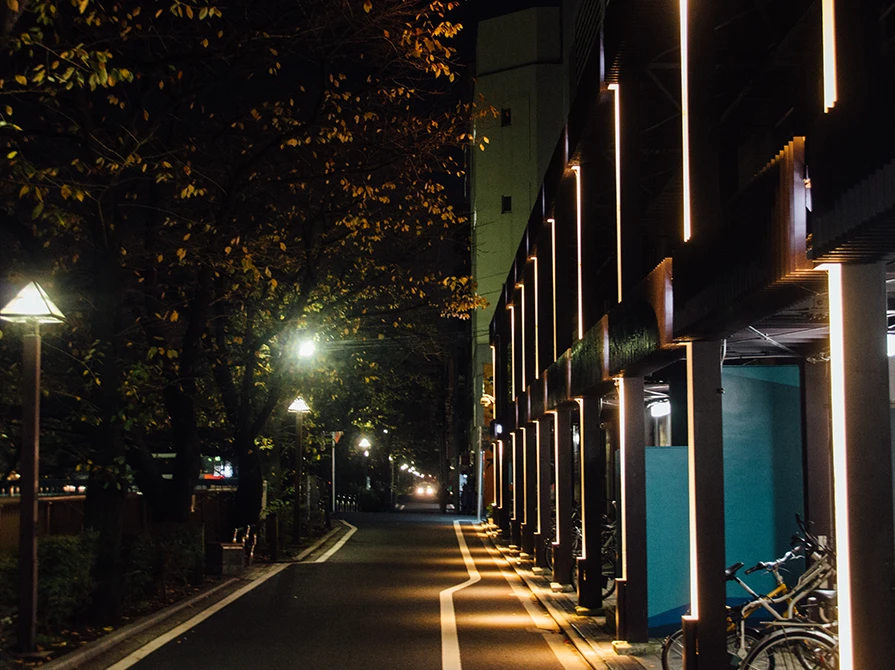

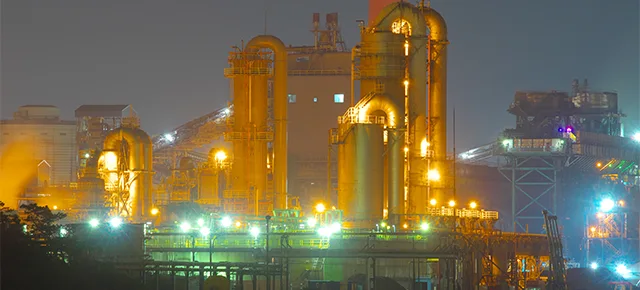
Lighting plays a crucial role in industrial environments, impacting safety, productivity, and operational efficiency. However, not all industries can rely on standard lighting solutions. Chemical plants, sulphur-processing facilities, vinyl manufacturing units, and volatile organic compound (VOC)-intensive industries require specialized lighting solutions that can withstand harsh conditions.
These environments expose lighting systems to extreme temperatures, corrosive chemicals, and explosive gases, which can cause premature failures and pose serious safety hazards. Poor lighting not only increases the risk of workplace accidents but also leads to frequent maintenance, higher energy costs, and non-compliance with industry regulations.
From corrosion and premature failure to energy inefficiency and regulatory compliance, industrial lighting in these sectors presents unique challenges. This blog explores the challenges of lighting in chemical and VOC-heavy environments and highlights smart solutions that improve safety, longevity, and cost-effectiveness.
Industries dealing with chemicals, sulphur, and VOC emissions experience high levels of corrosive gases in the air. Standard LED fixtures and metal components degrade quickly when exposed to these elements, leading to:
For example, tyre manufacturing and vinyl production facilities release sulphur and VOC emissions, which react with LED chips, leading to rapid corrosion and decreased efficiency.
Many chemical processing plants operate at elevated temperatures due to heat-intensive reactions. High ambient temperatures accelerate the degradation of LEDs, causing:
Chemical, petroleum, and hazardous industrial zones require flameproof lighting solutions to prevent sparks or electrical failures that could lead to fires or explosions. Flameproof lighting must:
Poor lighting in chemical industries leads to:
Regulatory bodies mandate specific lighting requirements to ensure worker safety in hazardous environments.
Frequent failures of standard lighting systems result in:
To address these challenges, industries must adopt specialized LED lighting solutions that are built for extreme conditions. These advanced lighting systems feature corrosion-resistant materials, sealed enclosures, and enhanced heat dissipation to withstand aggressive chemical exposure and high ambient temperatures. Additionally, explosion-proof fixtures help prevent accidents in hazardous environments by containing any potential ignition sources.
Many modern industrial LEDs also come with smart automation features, such as motion sensors and adaptive dimming, ensuring that energy is used efficiently while maintaining optimal visibility. With longer lifespans and reduced maintenance needs, these smart solutions contribute to safer, more sustainable, and cost-effective industrial operations. Here’s how modern technology is solving these issues:
Why it matters:
Ideal applications:
Why it matters:
Ideal applications:
Why it matters:
Ideal applications:
Why it matters:
Ideal applications:
Instead of focusing on initial purchase costs, industries must evaluate the long-term benefits of investing in high-quality, industrial-grade lighting solutions.
Key benefits:
With advancements in IoT (Internet of Things) and AI-driven lighting systems, the future of industrial lighting is moving towards smarter, adaptive, and predictive solutions. By leveraging these cutting-edge innovations, industries can enhance worker safety, lower operational costs, and contribute to a more sustainable future.
Industrial lighting in chemical, sulphur, VOC-heavy, and vinyl manufacturing sectors demands highly specialized solutions that can withstand corrosive environments, extreme temperatures, and safety hazards. By investing in sulphur-resistant LEDs, high ambient temperature lighting, and flameproof fixtures, industries can:
For industries looking to future-proof their lighting infrastructure, adopting smart, energy-efficient solutions is no longer an option—it’s a necessity. Get in touch with us to explore the latest industrial lighting solutions today and light up your factory with safety, efficiency, and sustainability!
